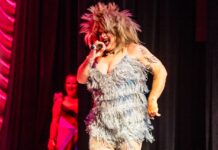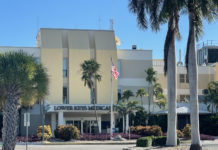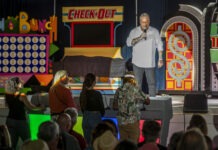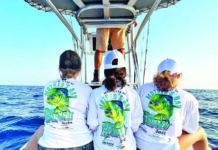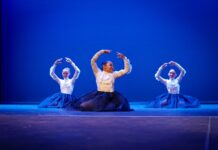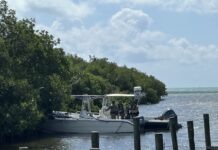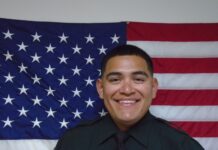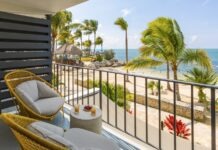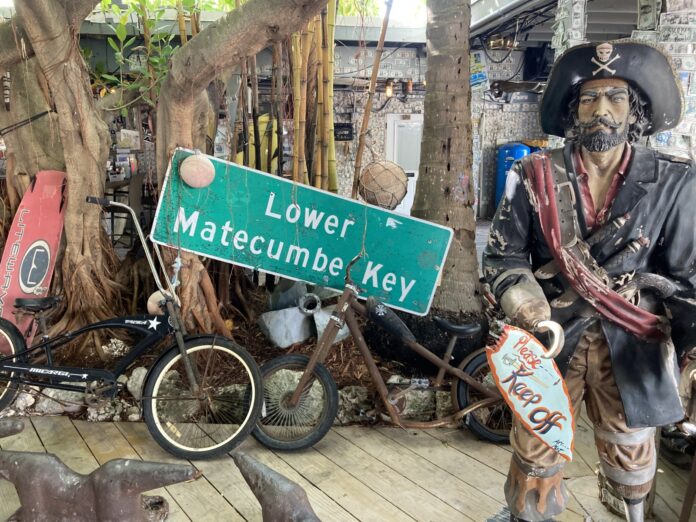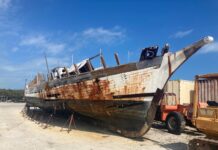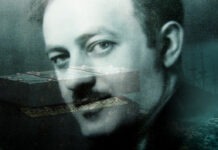Outside of Key West, there is little opportunity for a Florida Keys historian to make a living.
For nearly two years, however, I have been planting seeds, tending my fields and watching things grow. One of those seeds was the Facebook group Florida Keys History with Brad Bertelli. Not only has it grown and blossomed, but its popularity inspired me to begin a series of books exploring lesser-known local histories. Volumes 1 and 2 have been published, Volume 3 is in the works, and Volumes 4 and 5, the Indian Key Chronicles, will become my ultimate passion project.
While I spend most of my time sitting on a wooden stool in front of my desk and tapping on the keyboard, I have been getting out at least once a month and sharing local history with the public at the Islamorada Moose Lodge. This free public event occurs on the first Monday of every month, and we have entered year two. I have not repeated a presentation yet, but that streak will likely end this year.
Maybe not; I could easily tell a different story about Indian Key every month for a year — hence the Indian Key Chronicles, scheduled to fill at least two volumes. Though there has been a lot written about Indian Key, there are definitely new and lesser-known stories connected to the island still out there to share.
At a more appropriate date, I’ll share details on future talks that include several on the schedule for December and January in Key West. One of the most exciting recent developments, potentially, was that I filmed for the pilot of a television series on which, if it gets picked up, I’ll have a small recurring role as the show’s historian. If it goes forward, I’m looking forward to an expanded platform to share some fantastic island histories. Fingers crossed.
For the pilot, I filmed some of the scenes at Islamorada’s Keys History & Discovery Center, where, for eight years, I worked as the curator. When I was hired in 2013, the facility had two floors of blank blue walls. While I was unable to complete my vision for the staircase and the second floor, I created amazing exhibits exploring the local history on the first floor.
When I went back last week to film for the show, it was the first time I had entered the facility in almost two years. It was a surreal experience as I took the show’s host and crew around the exhibits and shared stories detailing where each artifact came from, how the stories were developed, and the Easter egg I included in one of the artifact cases. The experience was bittersweet. It was good to see the exhibits and be reminded of all the love I poured into my work there, but it was sad to see that the wealth of stories behind the artifacts and the exhibits is being lost.
Now, the odds are that the television show will not go anywhere, and I’ll tell the short story in a few months, but then again, you never know. In the meantime, busy is good, and I’ve been busy exploring the local history and sharing it with a growing audience. While my preference is to stay behind the scenes, do the research, learn the really cool history, write all the words and share what I have learned by telling the best stories that I can, it is time to step out from behind my computer and more consistently engage with the outside world.
The idea has been percolating on the back burner for some time. Ready or not, beginning Thursday, Oct. 12, I will be keeping “office hours” at Robbie’s Marina every Thursday from 11 a.m. to 1 p.m. What better place to set up a “history hub” than at one of the classic roadside attractions where everyone stops anyway?
Between the history of Islamorada’s Lower Matecumbe Key and Robbie’s property, I could not think of a better place to share a tremendous array of local history. Like a cherry atop the whipped cream piled on a moist piece of chocolate cake, the marina overlooks Lignumvitae Key Botanical State Park and Indian Key Historic State Park — once upon a time, the most important island in the Florida Keys not named Key West and my favorite island in the whole of the chain.
To kick things off at Robbie’s, what will (hopefully) become a recurring event is tentatively titled “Breakfast with Brad at the Hungry Tarpon.” On that Thursday, Oct. 12, from 8 to 10 a.m., I will be at the restaurant talking about local history and signing copies of the first two volumes of my book series Florida Keys History with Brad Bertelli – and yes, along with the eggs, pancakes and coffee, books will be available, too.
The Hungry Tarpon is the waterfront restaurant at the property that came upon its name because feeding the schools of hungry tarpon that gather under the marina’s docks has been a local attraction since the 1970s.
The building no longer serves as the restaurant but as the kitchen for the old-school roadside attraction. Initially, it was built as the bait and tackle shop for the Starck family, who operated the first marina on the property, the Starck Fishing Camp. When they arrived on Lower Matecumbe Key circa 1946, the Starcks became the island’s first permanent residents.
So, going forward, if you are in the area on a Thursday or are driving down to Marathon, Key West, or somewhere in between, stop by to say “hello” and ask me about the local history.

